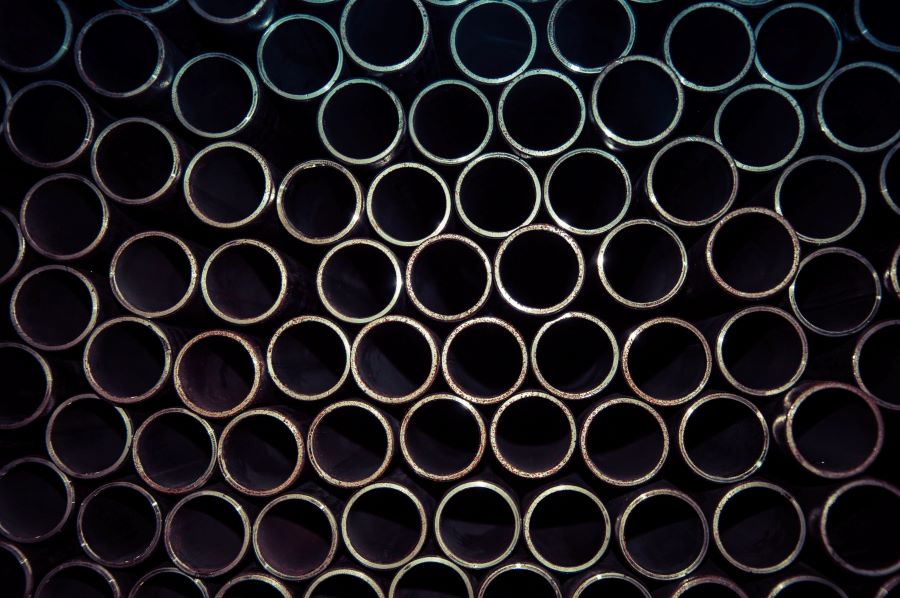The study of transition metals has allowed us to uncover many of their properties and applications, making them invaluable to our lives. But what exactly are the transition metals, and how beneficial are they?
Interesting things about transition metals
- A class of elements found in the d-block on the periodic table includes Groups 3 to 12, such as iron, nickel, cobalt, and others. Typically, they possess properties such as high melting points, ductility, malleability, and conductivity.
- Have multiple oxidation states due to their partially filled d orbital electrons. These orbitals also allow them to form various coordination complexes with different ligands. Transition metals often play catalysts in chemical reactions due to their ability to accept or donate electrons.
- They have also been essential in technological advances, such as stainless steel alloys and magnets. In addition, they are used to make colorful pigments in paints, fabrics, and cosmetics.
- Purposeful to industry and everyday life. These elements are critical in producing jewelry, coins, medical instruments, and tools. They also have high thermal and electrical conductivity, making them ideal for electronics and energy production.
In addition to their practical uses, transition metals offer beautiful colors when processed into dyes or pigments. Many transition metal compounds, including iron ore (Fe2O3) and copper sulfide (CuS), can be found in nature.
The transition metals and their qualities
Here are five known transition metals and their usefulness to give you more idea of how beneficial these elements are.
- Iron is a vital transition metal because of its versatility and abundance. It is a key ingredient in steel production—the integral material for construction, transportation, tools, household appliances, and more. Iron also has a critical role in manufacturing other metals like aluminum alloys, brass, and bronze.

Learn: Is Steel Or Iron a More Affordable and Reliable Building Material?
- Copper is a malleable reddish-orange color element that can be shaped and formed into different structures. It is also an excellent heat and electric conductor, making it useful for electrical wiring and other applications. It is also an ingredient in manufacturing water pipes and medical instruments since it has antimicrobial properties. Additionally, copper is often combined with other metals to create strong alloys with enhanced strength and corrosion resistance. These alloys are for making jewelry, tools, coins, building materials, roofing systems, and more.
- Nickel is a silver-white transition metal that is corrosion-resistant and can hold its form well under high temperatures. These reasons make it perfect for use in alloys and other materials exposed to harsh environments and require improvement in toughness and strength. Nickel is also highly magnetic and has the highest electrical conductivity of any metal other than copper and silver. For this reason, it is an ideal choice for wiring applications. Nickel is in everyday items like electronics, cooking utensils, and more. It is even used in jet engines to help reduce fuel consumption and emissions.
- Cobalt is a hard, silver-gray transition metal often recognized in alloys such as those used to make aircraft engines. Cobalt is a known alloying agent and a key ingredient in stainless steel. This element is also in batteries, alloying agents, pigments, and pharmaceuticals. Moreover, it is an essential element in the production of rechargeable batteries, which are used to power everything from laptops to electric cars.
- Aluminum is one of the most abundant elements on Earth, and one of the few metals humans can get from its ore, bauxite. It has a low density and is resistant to corrosion, making it an ideal metal for construction and other industrial uses.
Other transition metals that are widely valued in a range of applications include manganese and zinc.

